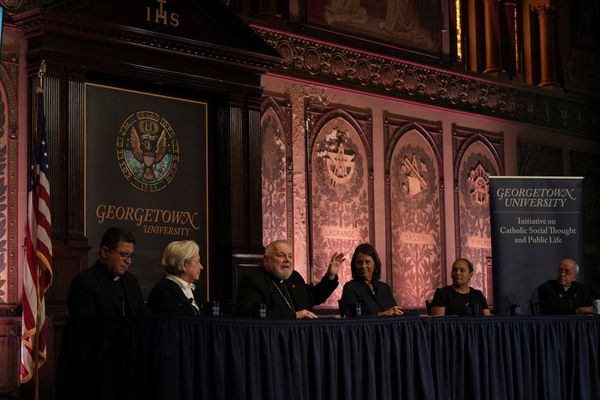I’m sure you’ve noticed that EVs aren’t exactly dominating headlines like they used to. In the US, the buzz has cooled a bit, especially with President Donald Trump back in the picture and starting to undo some of the EV-focused policies from the previous administration.
Sales have also plateaued, hybrids are gaining popularity, and many Americans still aren’t quite ready to make the leap to electric. But even with that shift in momentum, one thing is clear: the industry isn’t giving up on EVs. Far from it.
In fact, car makers and battery suppliers are still laying the groundwork for what’s next, and that includes a recent breakthrough from General Motors and LG Energy Solution that could have implications beyond the usual electric trucks and SUVs.
The two companies have developed a new type of battery called a lithium manganese-rich (LMR) prismatic cell. While this was announced with larger vehicles in mind, it’s the kind of thing that could have a big impact on smaller, more agile segments, especially electric motorcycles and powersports vehicles.

These LMR cells are designed to be more energy-dense and affordable than the current go-to lithium iron phosphate (LFP) batteries. GM says they can hold up to 33 percent more energy at a similar cost. That’s quite a leap, especially when you’re trying to maximize range and performance without adding weight or cost.
And in the motorcycle or ATV world, where space and weight are always at a premium, that kind of efficiency could be a serious game-changer.
Another benefit is the prismatic cell format. Unlike cylindrical cells, prismatic batteries can be stacked and shaped more easily within tight packaging constraints. This means the battery’s form factor can vary depending on the vehicle. Clearly, that’s a major plus for bikes and off-road vehicles, where every millimeter counts and cooling efficiency is critical.
All that being said, the timeline isn’t immediate. LG is set to begin pre-production of these cells by late 2027, with full-scale production in the US targeted for 2028 under the Ultium Cells joint venture. But the R&D behind this breakthrough has been years in the making. GM started exploring LMR chemistry back in 2015, and LG already holds over 200 patents related to it.
So even if EV adoption in the mainstream market has slowed down, this kind of behind-the-scenes innovation could be what finally pushes electric motorcycles, scooters, and side-by-sides into the spotlight.
Could this be the big break the electric motorcycle and powersports industry has been waiting for when it comes to battery technology? We’ll have to wait and see.
Source: General Motors







